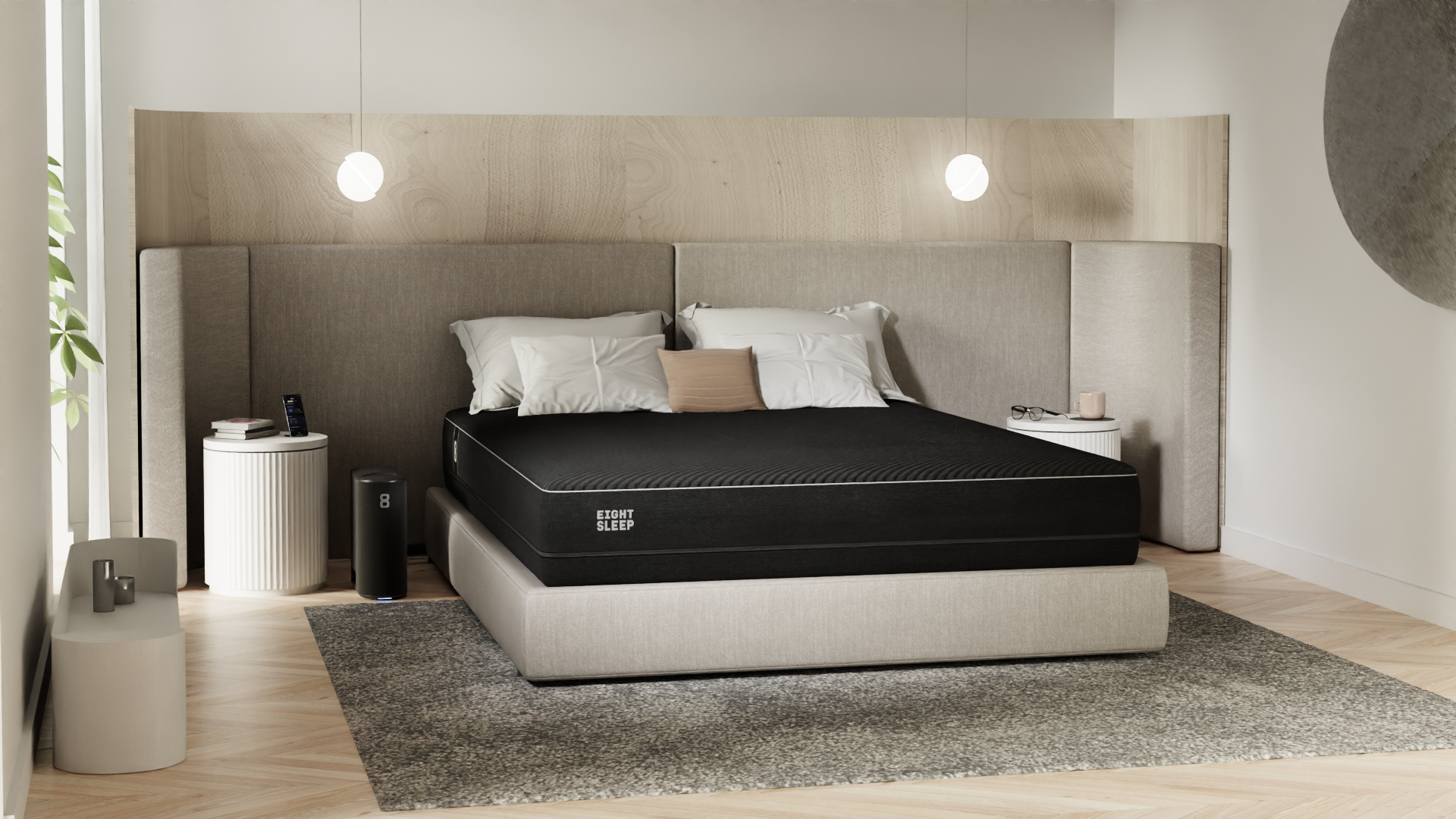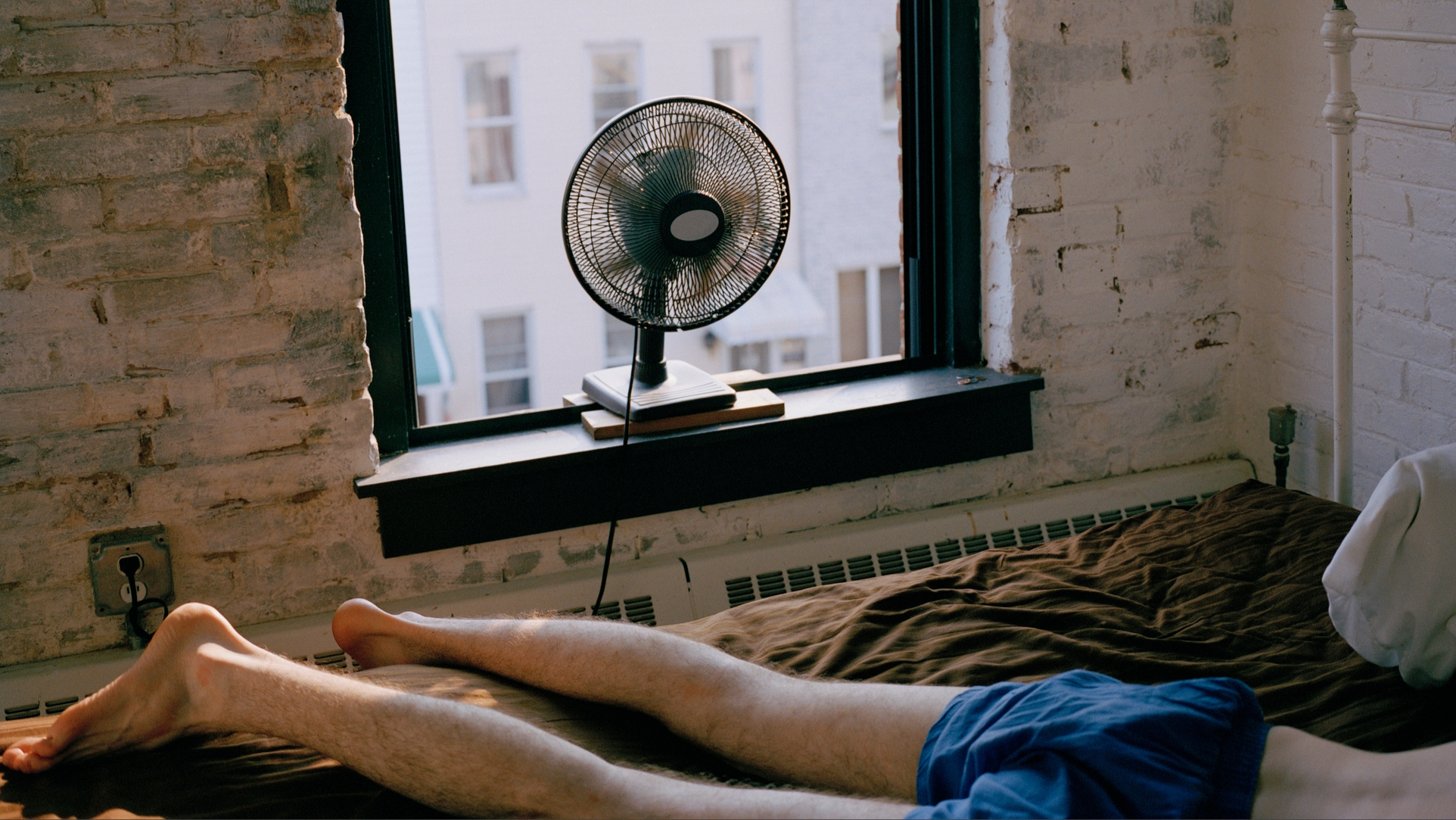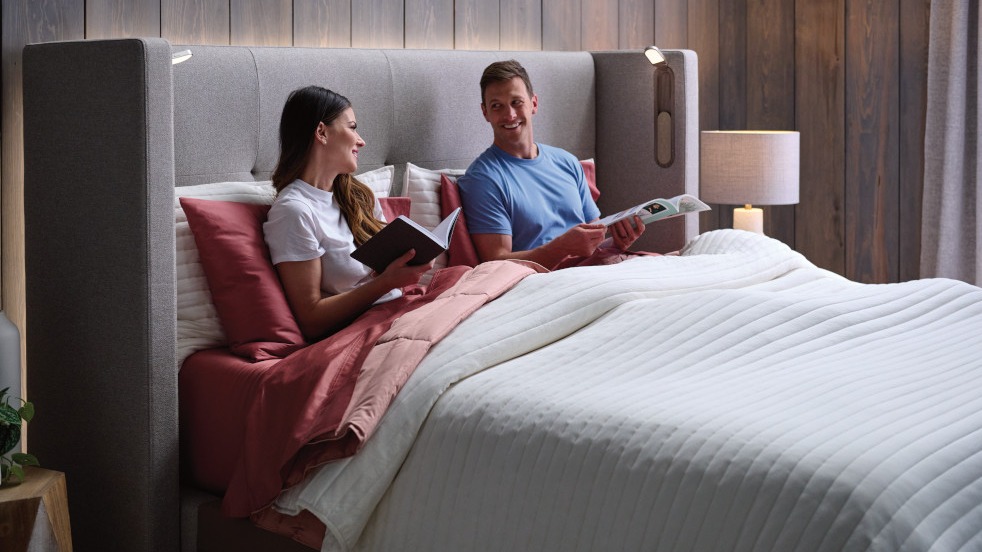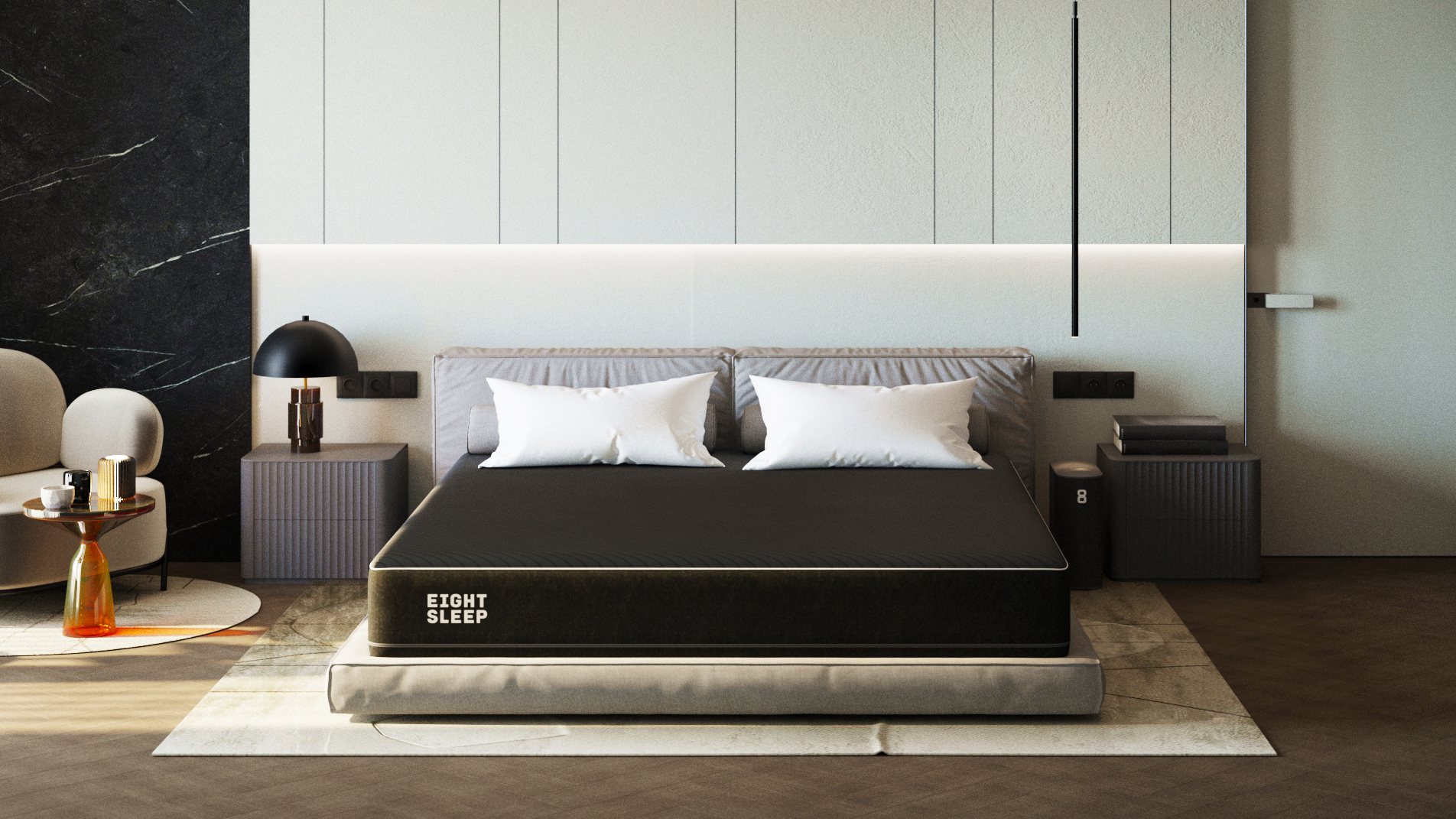
In a world of mouth taping for better sleep, Sleepy Girl Mocktails and the Scandinavian Sleep Method, the basics of an ideal sleep environment can go ignored. One of the prime things affecting sleep is temperature. According to global research company Gallup, a majority of U.S. adults (57%) report at least occasionally being too hot while sleeping, compared with 37% who report being too cold.
This year's best mattresses for all sleepers provide a host of benefits, especially if you're suffering with night sweats or chills. Smart mattresses are increasing in popularity thanks to their ability to improve sleep quality through integrated technology — and one of their chief benefits is temperature regulation.
If you have the budget, temperature controlled mattresses take sleep climate a step further, regulating your body temperature while you get in that all-important shut eye. Here, we'll look at what this means, how they work, and the best options out there.
What is a mattress with temperature control?

As the season changes, we're entering the time of year where we tend to layer up at bedtime, only to wake in the middle of the night sweating. If you’re all too familiar with this situation, it may be worth investing in a mattress with temperature control.
A mattress with temperature control is essentially what its name suggests: a mattress that can control its own, and as a result your, temperature either through integrated technology or naturally cooler materials.
While cooling cover fabrics, airflow perforations and breathable cores can regulate mattress temperature, smart mattress brands Eight Sleep, Sleep Number and Tempur-Pedic are taking a technical approach to mattress building. They have produced the very best temperature controlling mattresses, using smart tech to react to and control your body heat while you sleep.
How do temperature controlled mattresses work?

Climate controlled smart beds use a variety of technologies to regulate temperature and provide a personalized sleeping environment. They have sensors to monitor your body temperature changes overnight and Autopilot to heat or cool your sleep surface while you remain in deep and REM sleep.
The best temperature regulating mattresses take heat away from the body, even while you or your environment warms up.
Some temperature control mattresses, including the Sleep Number Climate 360, let you choose a cooling or warming setting for each side of the bed through their mobile app.
The best temperature regulating mattresses take heat away from the body, even while you, or indeed your environment, warms up. This means that no matter the reasons why you might be running hot, your mattress can help make you more comfortable.
Most smart temperature controlled mattresses use smart phone app control pads where you can alter temperature and access personalized sleep reports. Beware, however, these apps often come with subscription fees.
Temperature control mattresses: Pros
- Can keep you cool or warm depending on the season
- Can make sharing a bed more comfortable
- Often they have other smart features, like snoring detection
Forget the noisy fan and stuffy blankets, mattresses with temperature control do the work for you while you enjoy comfortable, uninterrupted sleep. Those who run hot won’t get to the restless tossing and turning stage as your mattress will have already cooled you down.
They’re different from cooling mattresses too. Understandably, not everyone wants to be cool 365 days of the year. This is where smart temperature regulation can be the best choice for all year-round comfort.
Smart beds that control temperature usually have other benefits such as snoring detection and automatic elevation to reduce pressure, giving you 10/10 restorative sleep that will set you up for the following day.
Temperature control mattresses: Cons
- More expensive than cooling mattresses
- Requires a power source and Wi-Fi
Due to their high tech specs, smart temperature control mattresses can be expensive compared to most of our best cooling mattresses. For reference, the ultra-plush Sleep Number Climate 360 starts from $9,999.
They also require a power source and Wi-Fi connectivity, which can limit where you position your bed. As with anything digital, troubleshooting technical issues and updating software can be frustrating.

Top 3 temperature control mattresses
What is the optimal temperature for sleep and why?

Sleep temperature is important for many reasons from regulating circadian rhythm to controlling hormone production. Your body temperature naturally fluctuates throughout the day, but it tends to drop as you prepare for sleep. So a cooler sleep environment helps facilitate this natural drop in body temperature, signalling to your body that it's time to sleep.
The ideal temperature to sleep easily is between 60-68°F, according to the Sleep Foundation. Being too hot while you sleep is linked to spending less time in the restorative sleep stage, leaving you feeling less energized and prepared for the day when you wake up.
Research published in the Journal of Physiological Anthropology explains how the thermal environment is one of the most important factors affecting sleep, stating: “The effects of heat or cold exposure are increased wakefulness and decreased rapid eye movement sleep and slow wave sleep. These effects of the thermal environment on sleep stages are strongly linked to thermoregulation, which affects the mechanism regulating sleep.”
Is a temperature control mattress right for you?
Of course, temperature controlled mattresses aren’t for everybody. It's easy to imagine some people scoffing at a tech-infused bed that requires a control pad and wi-fi connectivity. People who sleep fine without night time flushes also needn’t splurge these pricey models.
Buy a temperature control mattress if…
✅ You bed-share with a partner: If one of you in your co-sleeping couple sleeps hot and the other sleeps cold, a temperature regulating mattress – particularly one with dual temperature control like the Eight Sleep Pod 4 Ultra – can help you both get better sleep.
✅ You experience with night sweats: Menopausal women will know the struggle of hot flushes keeping you up at night. A cool environment, which can be achieved through mattress temperature regulation, is essential to quality sleep.
✅ You experience sleep apnea: Heat and humidity can make it difficult to breathe during the night, worsening episodes of sleep apnea. Temperature regulation can control this.
Don’t buy a temperature control mattress if…
❌ You’re not a fan of technical sleep equipment: If it’s not broke, don’t fix it, the saying goes. A standard tech-free cooling mattress might do the job for you if you don't want to faff about with wifi and a power source.
❌ You cool your bedroom other ways: You might be happy sleeping with an open window or you might have an effective thermostat, meaning you can regulate your bedroom temperature without a mattress with climate control.
❌ You’re on a tight budget: Compared to most of our best cooling mattresses, these smart temperature controlled mattresses are on the pricier side.
More tips on how to regulate temperature during sleep
While a temperature controlling mattress is one of the best ways to regulate your temperature during the night, if you don’t have the budget for one right now but struggle to keep cool, take note of these tips:
- Take a warm shower before bed: Research from the National Library of Medicine suggests a warm bath or shower an hour or two before bedtime can help you unwind and fall asleep faster. This is because it will lower your core temperature, signaling to your body that it is time to sleep.
- Avoid spicy, heavy meals: The process of digesting a heavy meal heats the body, which is counteractive to sleep. Equally, Comprehensive Sleep Care Centre says spicy foods can cause heartburn and indigestion, making it difficult to relax and fall asleep comfortably.
- Avoid intense exercise before bed: Vigorous workouts within one hour of bedtime does not allow time for your core body temperature to drop to an optimal sleeping level. This can delay sleep, affect sleep quality and lead to more nighttime awakenings. The cortisol produced by high intensity exercise can also disturb sleep.
- Sleep with an open window: If it is safe to do so, sleeping with a window open allows fresh air to ventilate and circulate your bedroom, helping you maintain a cool, comfortable temperature conducive to quality sleep.







